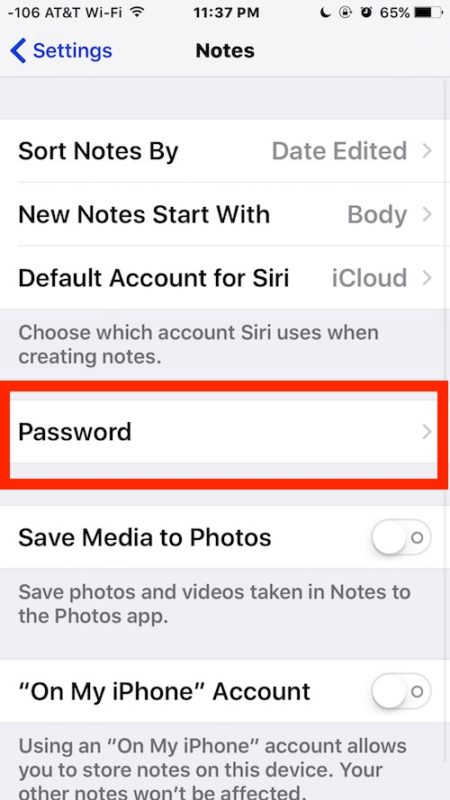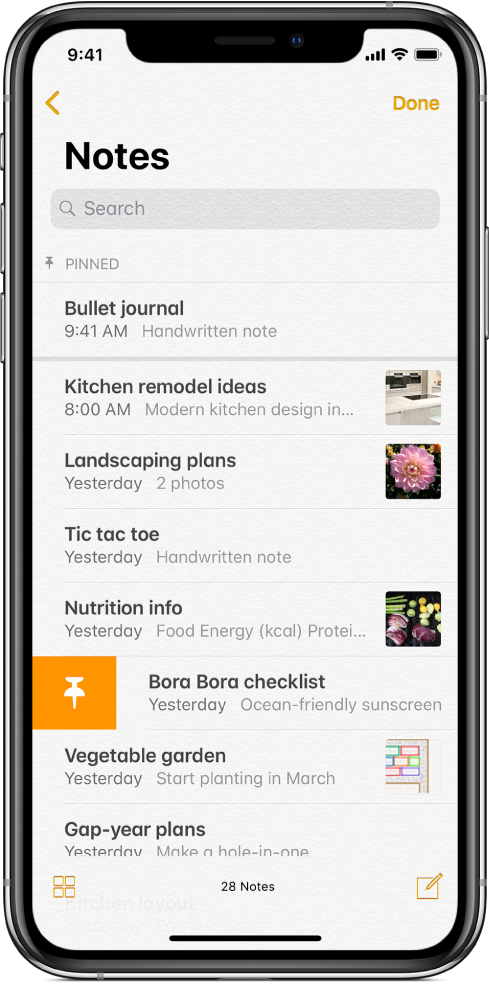Google has built Android in a way that 3rd-party applications can have access to many parts of your device. The emphasis here is may because you have control over these permissions and this tutorial will show you how to allow or deny which apps have access to which permissions on the Samsung Galaxy Note 9.
Things used to be a lot different on Android when it comes to device permissions. Before (and some apps have yet to update to the new system), when you installed an application or game you had to grant access to all the permissions that it wanted before it would even install onto your smartphone or tablet.
Sure, this was a great way to make sure the apps and games worked as they were intended, but it took away control from the end user. If someone wanted to use a flashlight app, for example, then they would have to give it access to your camera, location, microphone and more if you chose to install it (and it was developed to use those permissions).
As the saying goes, if you give someone an inch then they’ll take a mile and that is exactly what developers were doing with that older permission system. A flashlight app is very simple and just doesn’t need access to your microphone, camera, location, etc.
Why Control Access to These Permissions?
My example of the flighlight application is a great reason why people should have access and control over which applications. Big data is big business and beyond the spying aspect of having access to your microphone and camera, just having access to your location data can earn a developer a lot of money.
They can sell it to 3rd-party companies for statistical purposes, they could sell it to device information to hackers, or they can use it to trick you into thinking your phone is broken and then offering you a quick fix by selling you another application.
More often than not though, these developers were selling location data to companies for statistical purposes and to advertisers so they could target the user with ads better. This results in higher payouts of those ads and at the end of the day it’s just an invasion of privacy (unless specifically allowed).
Why Not Just Install Another App?
This was something that enthusiasts would tell people all the time. If you don’t like the permissions that these applications are asking for, then find an alternative option that didn’t want to invade your privacy.
This was certainly an option for those popular flashlight applications but it was really a double-edged sword. Firstly, the casual user would just install one of the first few apps that would come up after a search result. Since these sketchy developers were making more money, they had the ability to pay for ad placement for their app.
Another issue here is that the long list of requested permissions had become so common that most people didn’t even read it. Again, we’re talking about the casual user here and they just wanted the application to be installed as quickly as possible on their Galaxy Note 9 so they could begin using it.
The last part of this issue is that the permissions were worded in such a way the average Android user didn’t even know what the permissions were. Who were they to second guess an application that Google let into the Play Store so there was a lot of trust put into Google to handle things before they got bad.
Grant or Deny Galaxy Note 9 App Permissions
- Launch the Settings application
- Tap the Apps menu option

- Scroll through and choose an application
This would be the application you want to grant or deny certain permissions. We’ll be using the Google app as an example here.

- Scroll to the App Settings section and tap the Permissions option

- This list shows you which permissions this current application is coded for
Seeing a permission here doesn’t mean it has been granted access to said permission though. You’ll need to look at the toggle to determine if an app has been granted that permission or not.

- To deny a permission from an application, tap one of the blue toggles
- You’ll then be asked if you’re sure you want to deny said permission from that application

- Or, you could tap on a gray toggle to grant an application access to that permission
Make Sure You Realize What You’re Doing
I do want to make sure you realize how important these permissions are and how they can affect the application or game that you’re currently messing with. Sure, it makes sense to not allow a flashlight application to have location access, but what if it had an SoS feature built into it?
With the way the old system had worked, I would see a dozen or two complaints about a legitimate application and how it would be using certain permissions for nefarious reasons. When in actuality, the community didn’t fully understand what one of these permissions were actually used for.
This is likely the sole reason why Google has implemented its “Deny Anyway” prompt when you are removing access of a permission from an application or game. Maybe you didn’t know that it stored backups on your device and that is why a certain application wants access to your internal storage.
At Least Remember the Changes You Made
You have complete control over which permissions certain applications have access to. In the video and step-by-step tutorial above, I used Google as an example because it uses so many permissions. You may not want Google to have access to your location, but you almost might not know what it’s using it for.
Denying the location permission from the Google (or even the Google Play Services) application could completely change the way your smartphone works. Some apps may use the location data from either of these two applications to function properly (like an exercise tracking app).
So, if you do end up going into paranoid mode and denying permissions to certain applications on the Samsung Galaxy Note 9 then remember what you changed in case you notice that your smartphone has started acting in a strange and unusual way.





